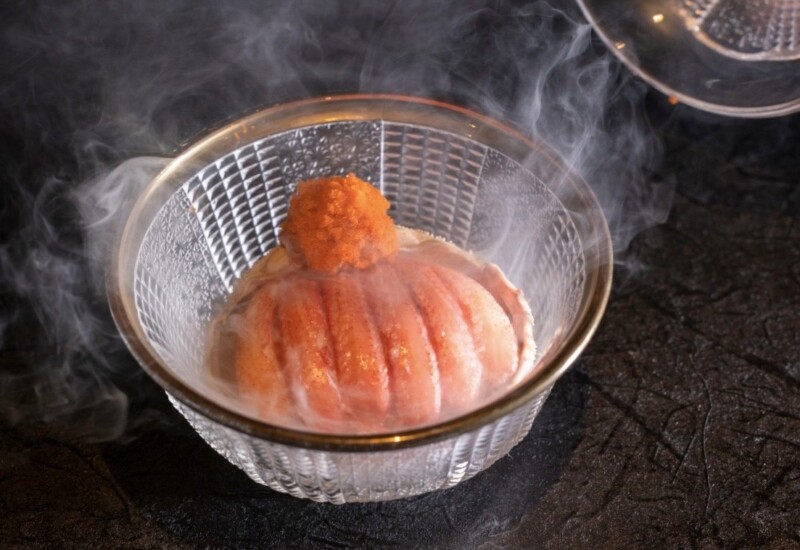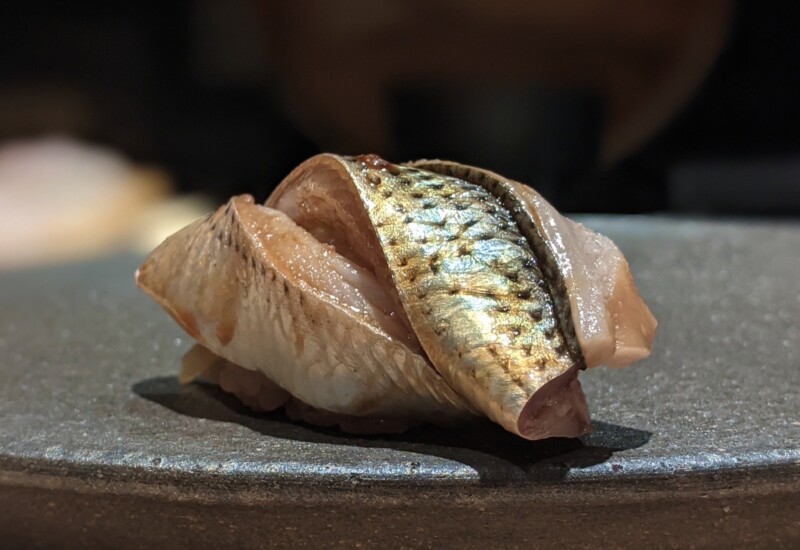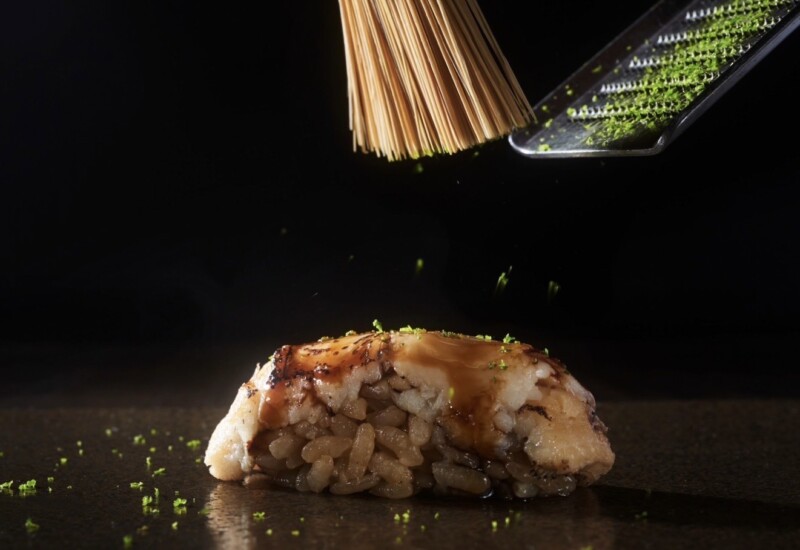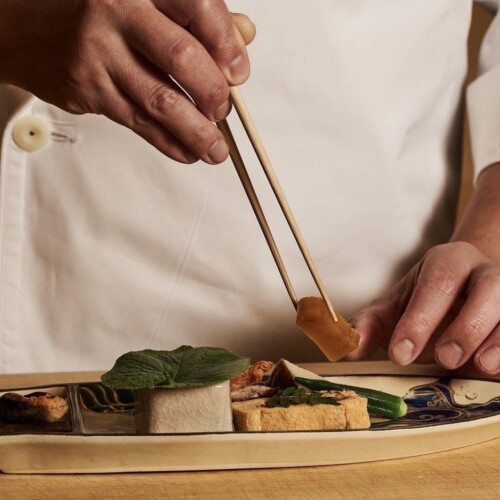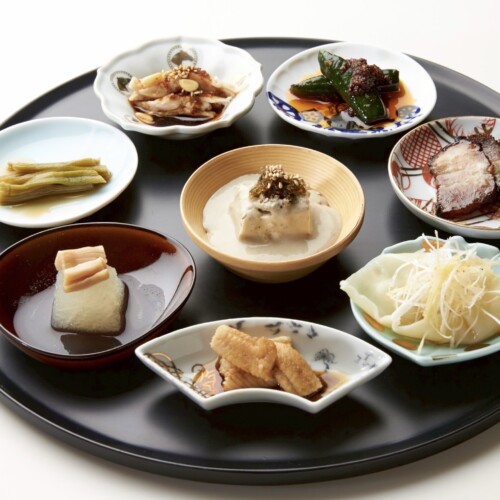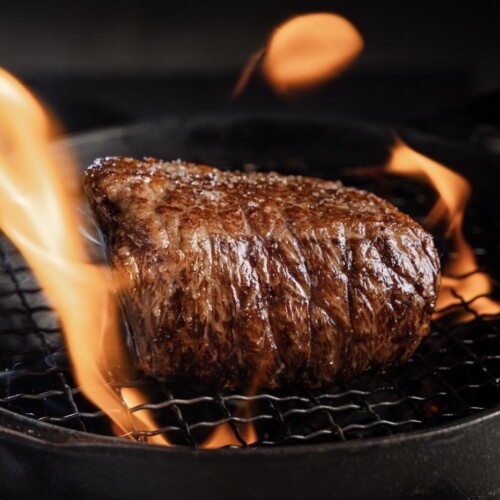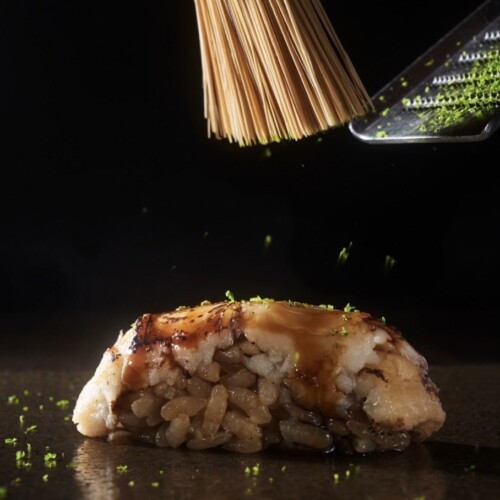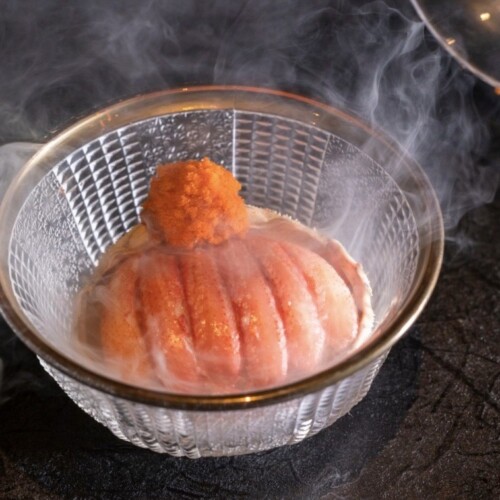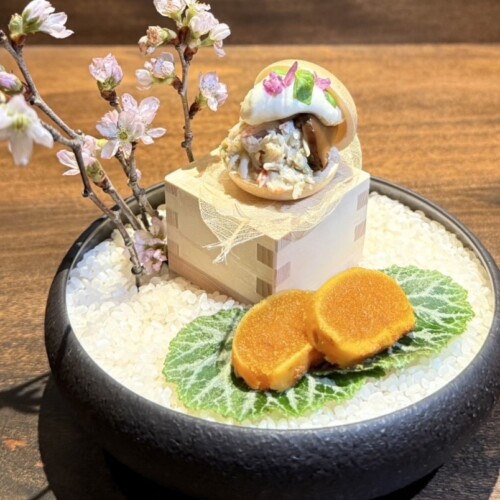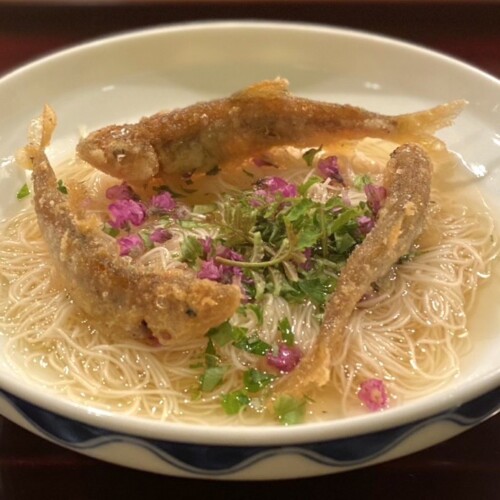Jfree
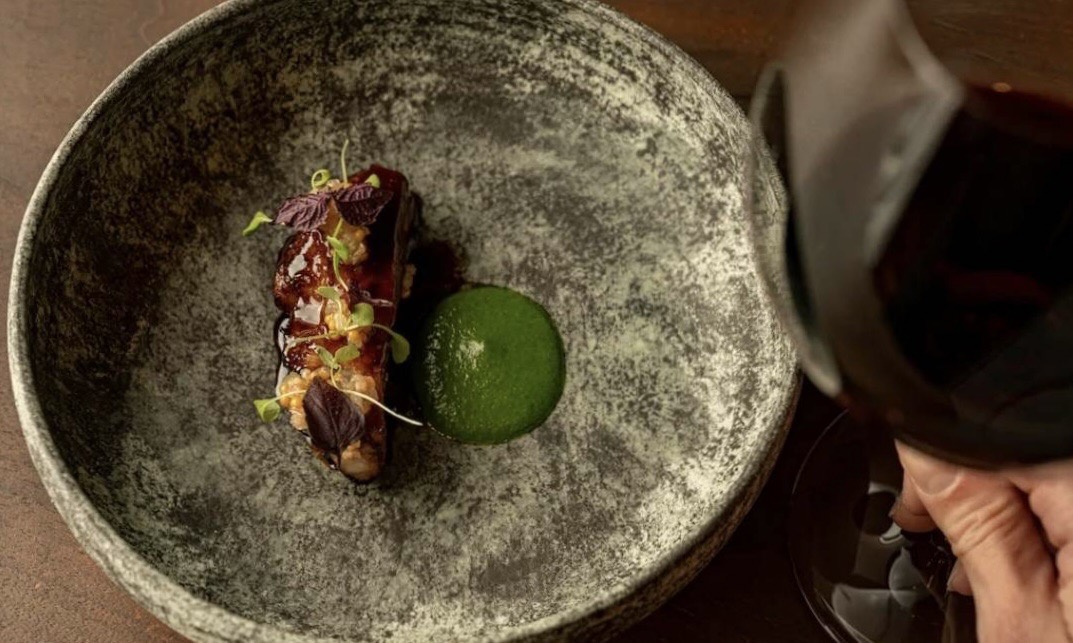
①Please introduce your restaurant.
I’m Tsubasa Jinnai, the owner and head chef of Jfree in Kagurazaka.
Our cuisine is rooted in French techniques, but I draw heavily on ingredients from my hometown of Miyazaki to create a highly original, expressive style.
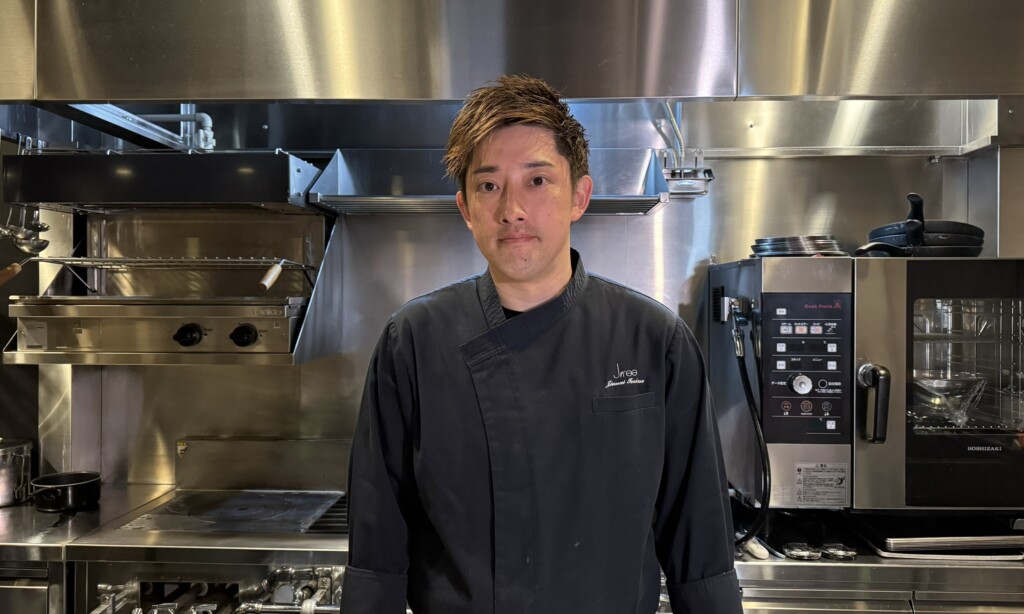
②What values or principles are most important to you as a restaurant?
With the motto “Better tomorrow than today,” we embrace the concept of Wa-gokoro French—a French cuisine infused with the spirit of Japanese hospitality.
Each course reflects the purity of the ingredients, combined with my own personality, values, playfulness, sincerity, and deep sense of hospitality.
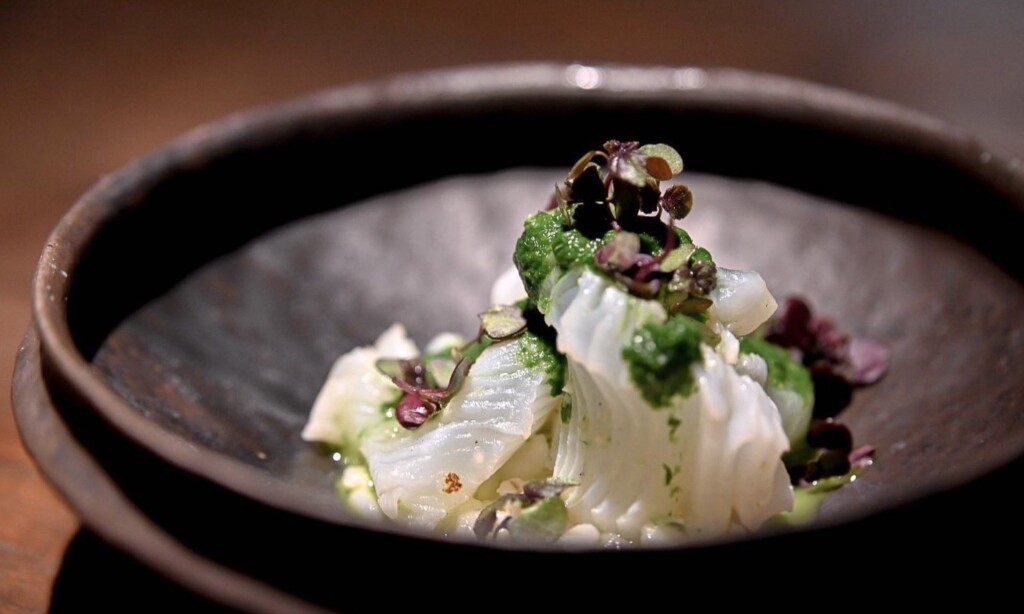
③ How do you select your ingredients, and what do you prioritize when sourcing them?
I stay in close contact with producers across Japan, visiting their lands to feel their passion firsthand. I interpret their dedication through my own lens and express it in my dishes.
It’s not enough for an ingredient to be merely delicious; I seek out producers with true conviction. My mission is to translate their passion into a culinary experience.
By continuously experimenting and reflecting, I aim to discover the most vivid and honest way to let each ingredient shine.
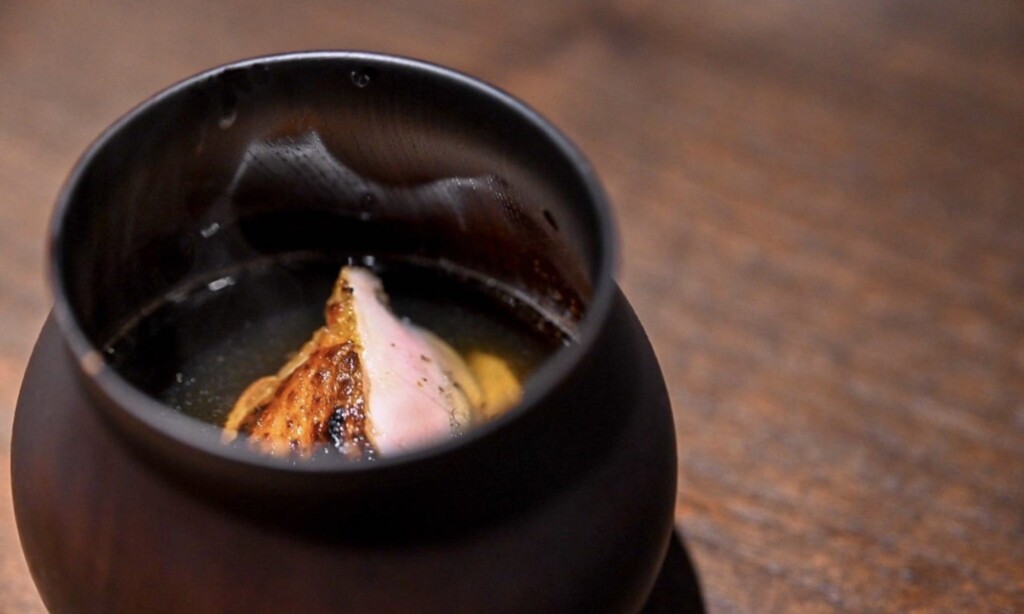
④ What makes your restaurant unique compared to others?
While often referred to as “Japanese-French,” our cuisine is prepared using authentic French techniques.
However, drawing from my background in Japanese cuisine, I apply its principle of subtraction—resulting in courses that feel light, familiar, and refreshing.
This is something traditional French cuisine doesn’t offer, and I especially hope guests who find French food heavy or overwhelming will give it a try.
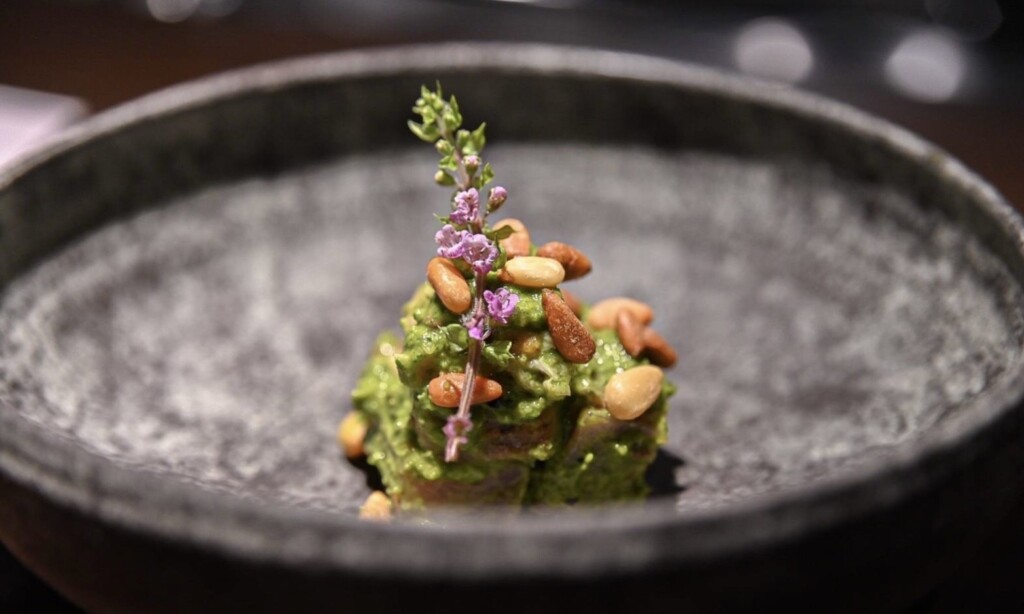
⑤Do you have any particular approach or philosophy when it comes to plating and presentation?
I believe in serving hot dishes hot and cold dishes cold, placing the main ingredient at the center and styling the rest with elegant restraint.
The plating is designed to let you sense distinct temperature contrasts as you enjoy each bite.
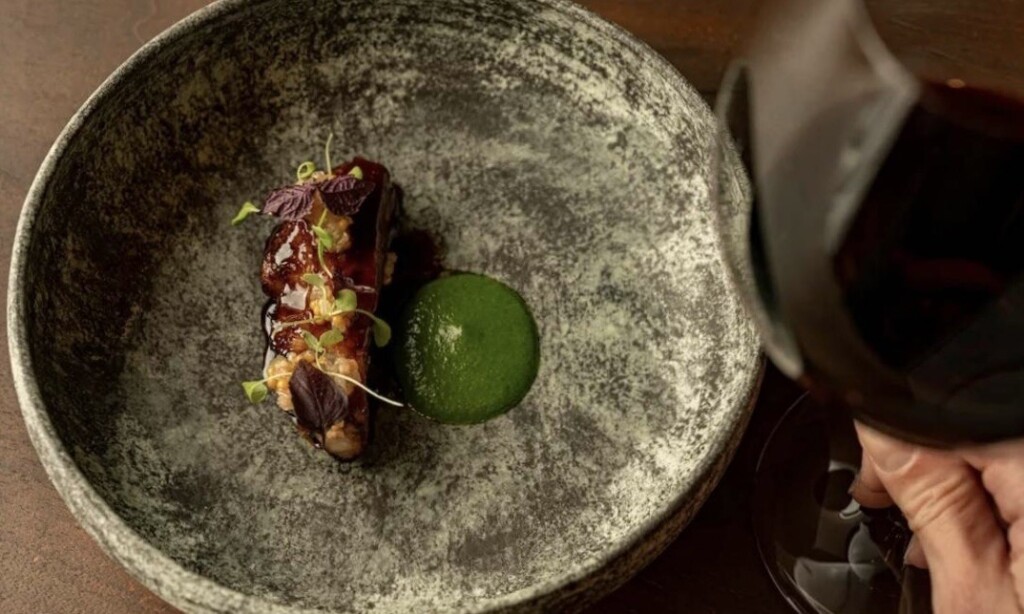
⑥ How do you curate your selection of alcoholic beverages?
We offer a curated selection of over 100 wines, primarily from France, all carefully chosen by our sommelier.
To evoke the spirit of a Japanese course meal, we also carry about 15 varieties of sake, available upon request to suit your preference.
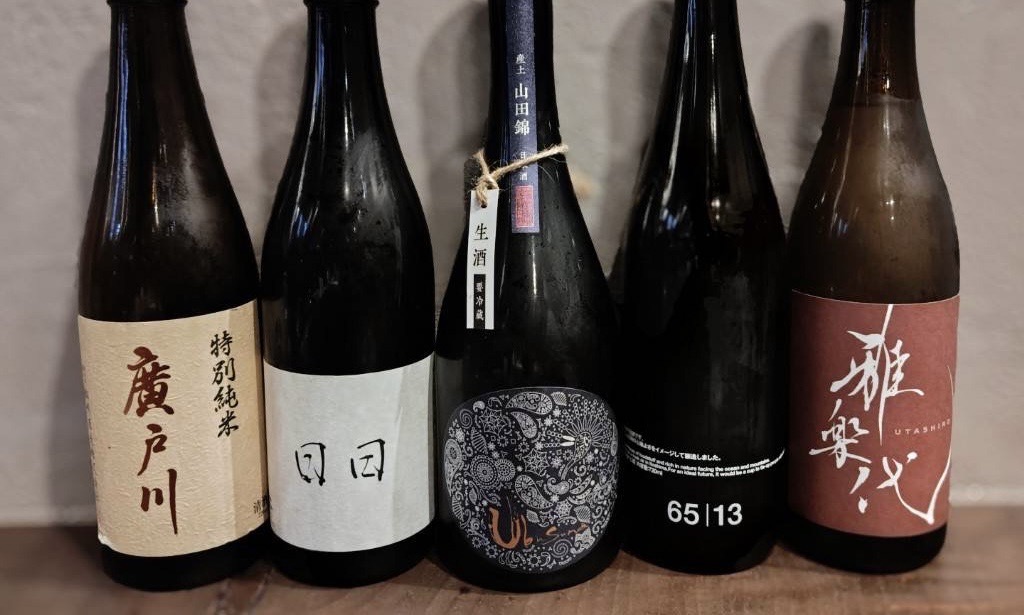
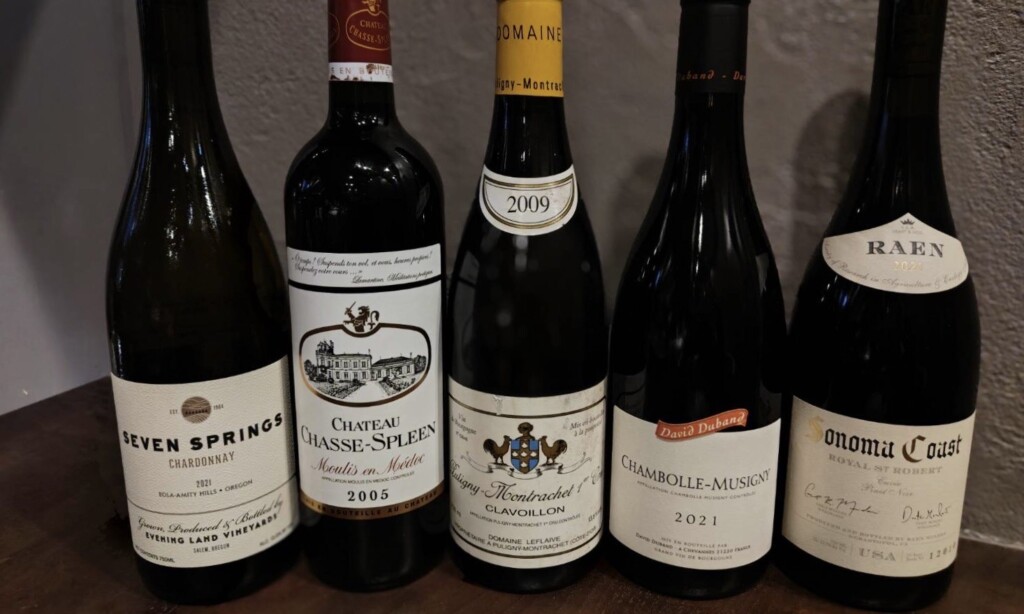
⑦ Can you tell us about your attention to interior design, tableware, and the overall dining atmosphere?
The interior features deep tones, creating a serene and immersive dining atmosphere.
The counter space is designed like a stage under spotlights, offering a dynamic kitchen view and a perfect setting for photos.
Private rooms are also available for those seeking a more intimate experience.
I browsed dozens of plate shops in Kagurazaka and handpicked only the ones that truly resonated with me.
The lineup has a cool, understated charm that beautifully highlights the food.
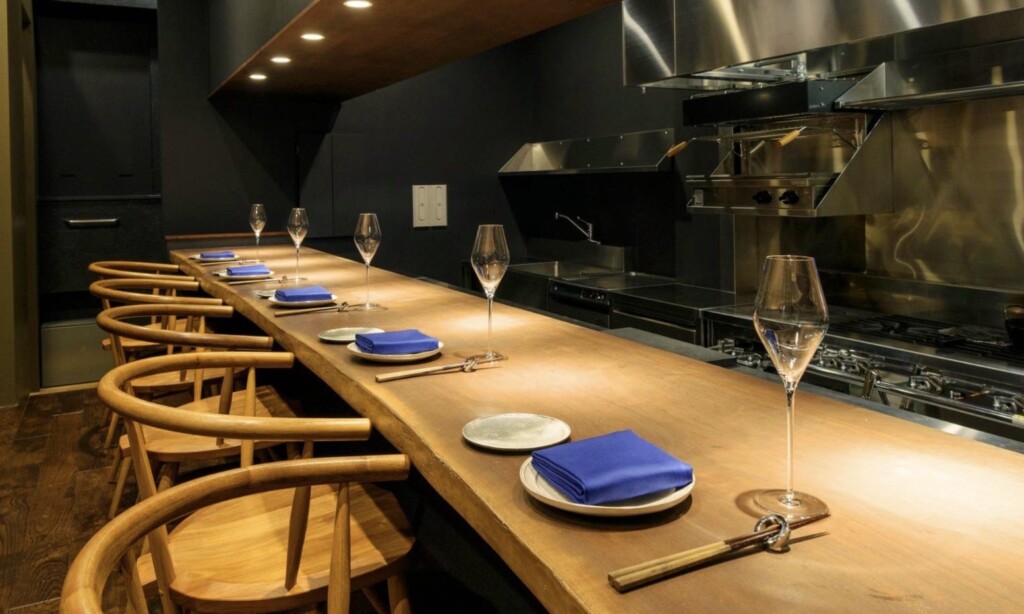
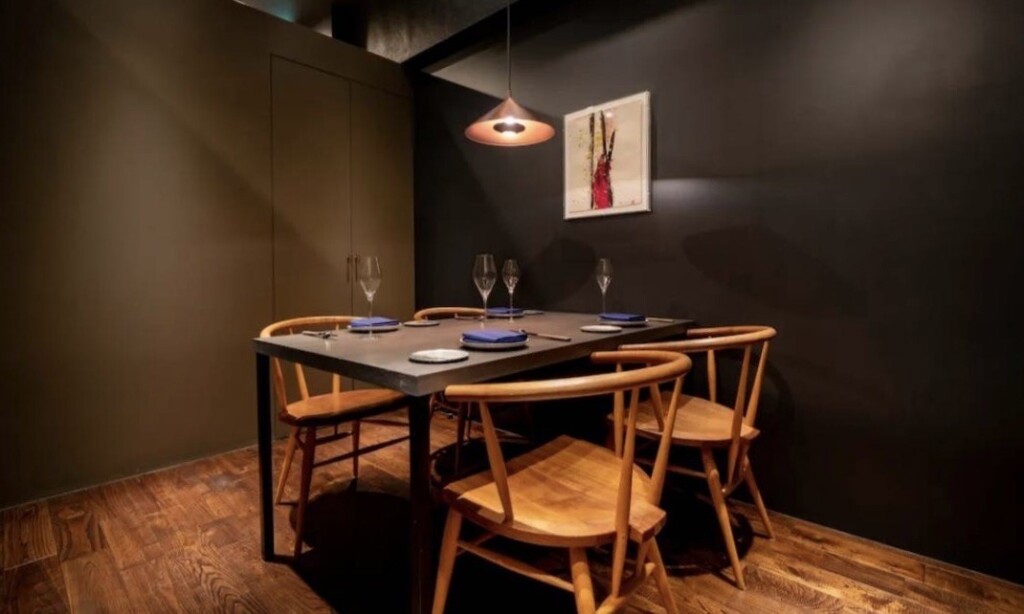
This plate was crafted by Keisuke Okazaki, a ceramic artist based in Kamakura.
It’s made from porcelain as its base.
His signature technique involves layering glazes and firing them, then sanding the surface to reveal striking contrasts between the colors.
His works are so popular that his solo exhibitions often sell out within days.
I’m especially drawn to the subdued elegance of his pieces.
When plating simply, the depth of flavor can feel diminished—so I use these dishes to add visual complexity through color as well as taste.
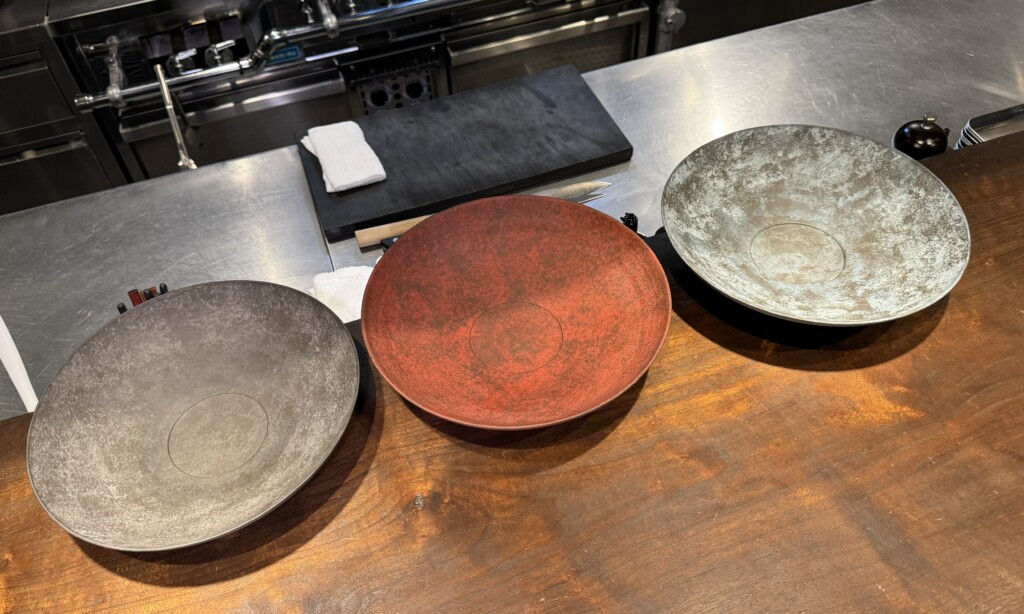
These glass are from a glass studio in Fukuoka, introduced to me by a friend from Miyazaki.
The studio is called Martiglass, and they mainly sell zodiac-themed glass figurines.
Since those items are mostly in demand around New Year, they use the rest of their time to craft glassware as a passion project.
That said, the craftsmanship is anything but amateur—it’s truly exceptional.
While most glass is fired at around 1000°C, they raise the temperature to about 1400°C to enhance durability and bring out more vivid coloration.
The design theme is inspired by space, which I find both imaginative and beautiful.
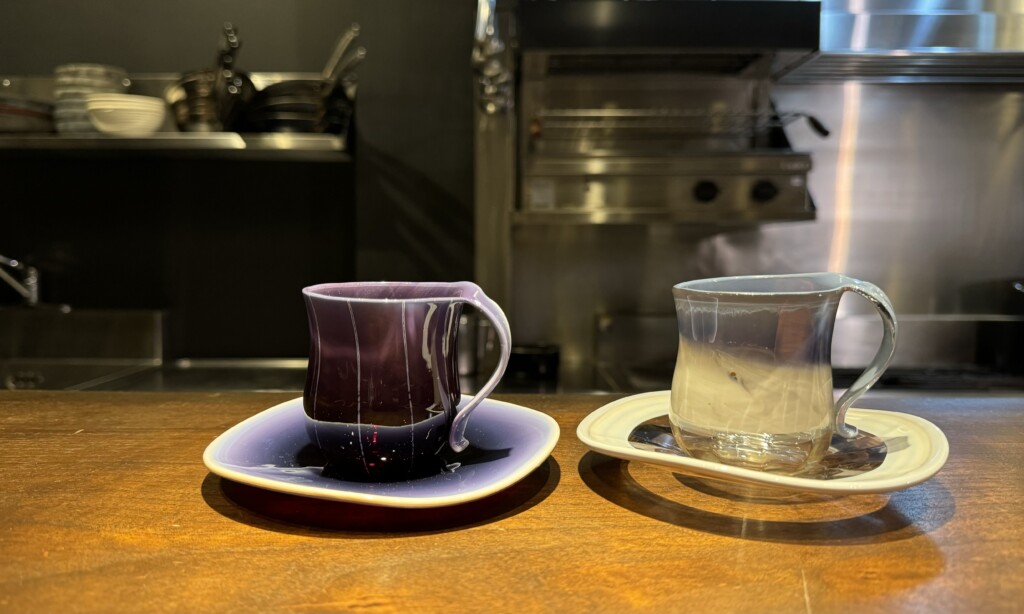
⑧ What inspired you to become a chef?
I’ve always had a strong will. Even as a staff member, I constantly found myself thinking, “Wouldn’t this be better if we did it this way?”—often leading to friction with my superiors.
Eventually, I decided I wanted to express myself freely, on my own terms—which is why I became a chef and opened this restaurant.
⑨ What kind of guests would you like to welcome?
The space is small and intimate, allowing me to connect with each guest while preparing their course.
I truly hope to welcome guests who want to share in that joy and experience something special together.
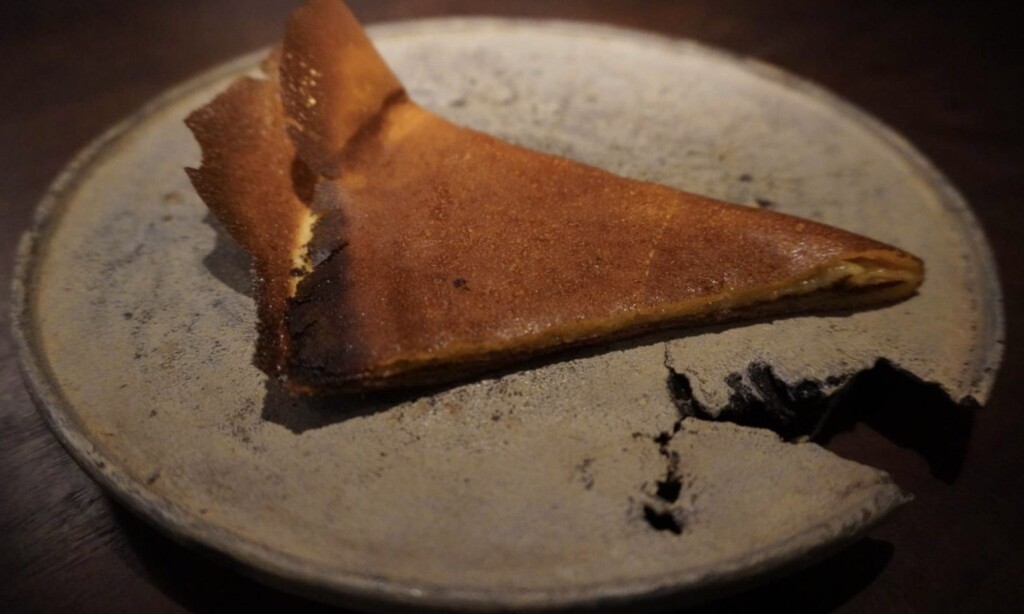
⑩ Are there any rules or things that are not allowed in your restaurant?
We have two seating times—5:30 PM and 8:00 PM—with a fixed start, so we kindly ask that guests arrive on time.
There is a water charge, and we require a minimum of one drink order per guest.
⑪Do you have a message you'd like to share with your guests?
The name “Jfree” is inspired by the sky and the desire to soar freely. It reflects my own ambition to evolve continuously, without limits.
I hope to grow and fly forward together with my guests.
I sincerely look forward to welcoming you to Jfree.


